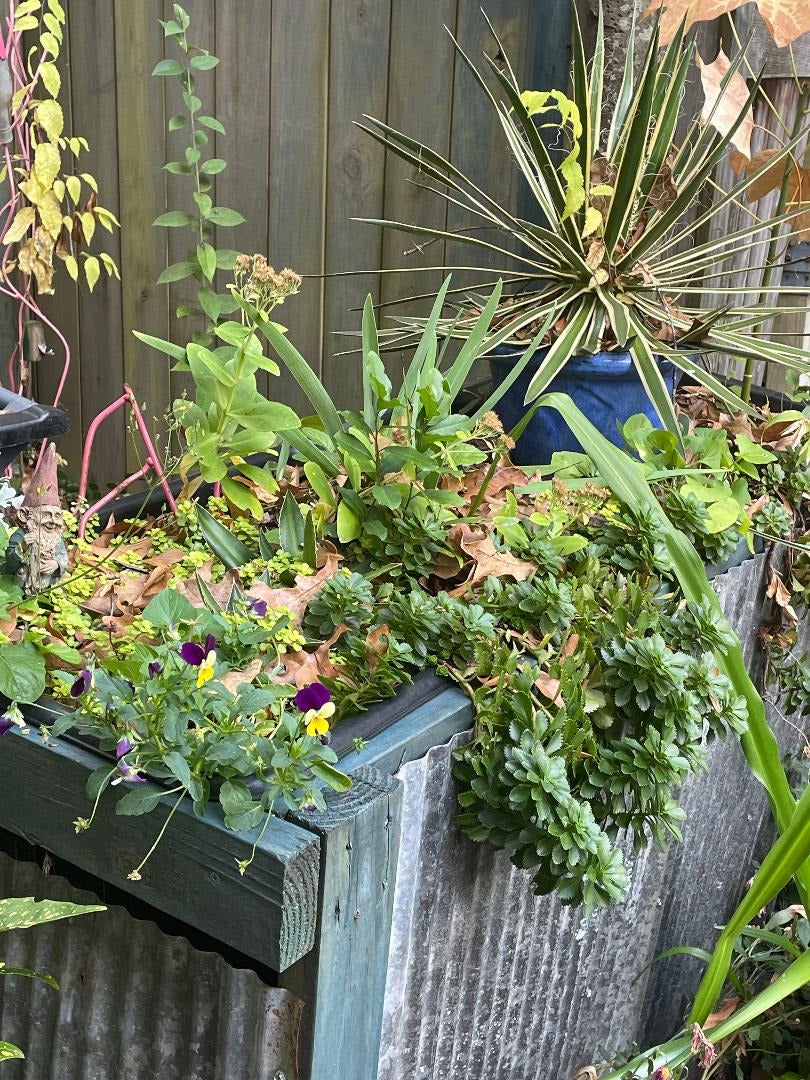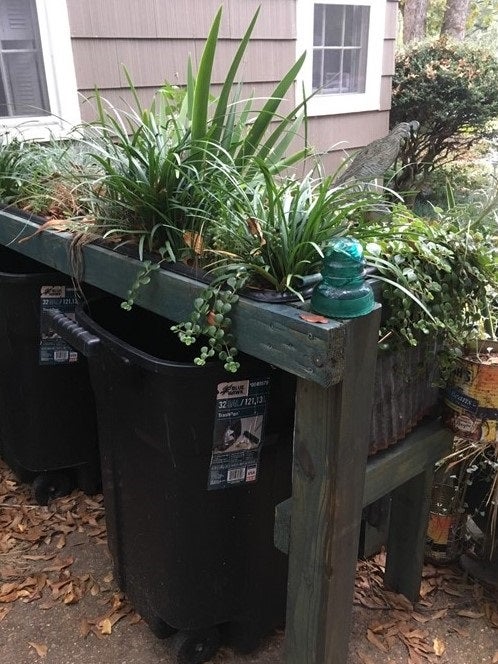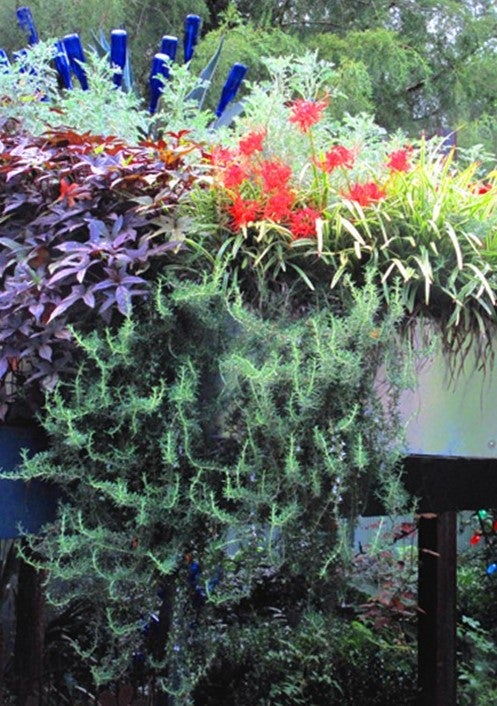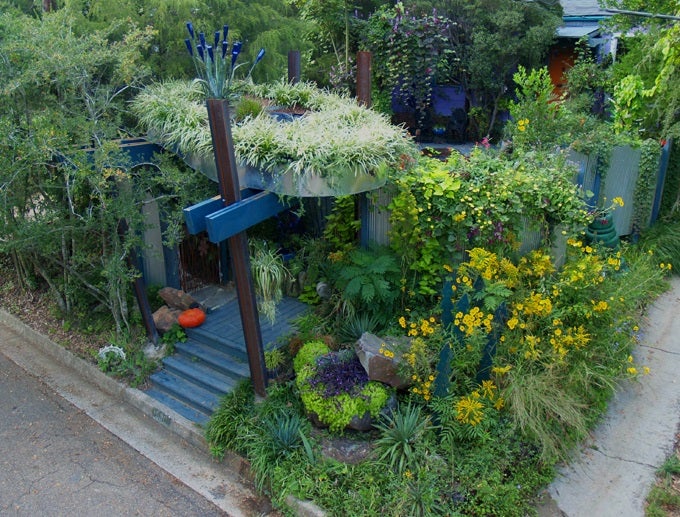Following gardening trends
Published 11:36 am Sunday, February 6, 2022
|
Getting your Trinity Audio player ready...
|
My trendy “green roof” arbor has been miniaturized and moved to a less lofty, but better spot in my garden. Hope I can still get along with the concept’s most ardent followers.
As with most new ideas, garden trends often turn out to be well-worn old practices simply repackaged with fancy names and shrill promotors whose books and lectures are padded with needlessly complicated techniques. Most, in their most practical basic forms, have been around for thousands of years.
I’m thinking permaculture, biodynamic gardening, hügelkultur or decaying woodpile gardening, forest food gardening, lasagna gardening, aquaculture, meadow lawns, square foot gardening, composting, pollinator/herb/native/wildlife/raised bed/whatever gardens, cottage gardening, recycled containers, and most organic gardening.
Don’t get me wrong, they’re all productive, earth-friendly sustainable, and interesting. I actually practice every one of those garden techniques, just, by modifying the concepts to fit my needs and puttering level of interests, without hewing to a lot of gussied-up rules.
For example, instead of a complex compost system, I simply have a neat leaf pile onto which I throw leaves, weeds, spent garden plants, and kitchen scraps, then dig out whenever I need stuff to add to my garden soil. Whatever isn’t ready for use gets run back through.
My latest too-complicated debacle was a garden-scale “green roof” attempt. In a nod to ancient sod- and moss-covered homes, architect friends helped me design a tall, porch-like garden entry with a deep rim for holding lightweight soil. I planted lots of low-growing and cascading stuff able to tolerate winter freezes and summer heat and drought: Liriope, ornamental sweet potato, Powis Castle artemisia, trailing rosemary, daffodils and red spider lilies that only need water in the winter, and seasonal flowers that grow well without a lot of watering.
And it looked and worked great. For a while. Then I noticed that most of it couldn’t be seen from the ground and found myself laddering up two or three times a year to pull crabgrass, pigweed, hackberry tree seedlings, and everything else blown by the wind or dropped by birds. In short, it became a high raised bed garden that I couldn’t really enjoy.
Turns out, most of the alluring magazine articles on green roofs are written by folks who don’t garden in the South, and their recommended plants, mostly succulents and grasses better suited for drier, milder climates, tend to burn up in our summer sun and high humidity. Sure, I’ve seen some great ones in Mississippi but the best are either shaded and topped with moss and ferns, or raggedy experimental kinds, or regularly-primped virtue-signaling showpieces.
So, the green roof arbor was more a fun idea than a practical project. I ended up removing the flat top, keeping the iron beam posts and cross joists to support a series of covered-wagon type hoops on which I trained shade vines. The new entry arbor is now an all-year tangle of yellow jessamine, crossvine, fragrant confederate jasmine, climbing roses, maypop, and gourds. With a chandelier.
But I kept the concept going. Moved the soil and the best of the remaining plants to a chest-high stand I built to cover and hide my trashcans. It’s basically a wide window box or small elevated raised bed of colorful spreading sedums, violets, clump-forming dwarf agaves, striped Liriope, iris, dusty miller, winter pansies, and a couple of gnomes. Requires very little weeding and watering, and easy to enjoy as I pass it every day.
If I had dogs, their house would be covered the same way. But my green roof is now just a planter atop something else. Can I still be in the club?
Felder Rushing is a Mississippi author, columnist, and host of the “Gestalt Gardener” on MPB Think Radio. Email gardening questions to rushingfelder@yahoo.com.









